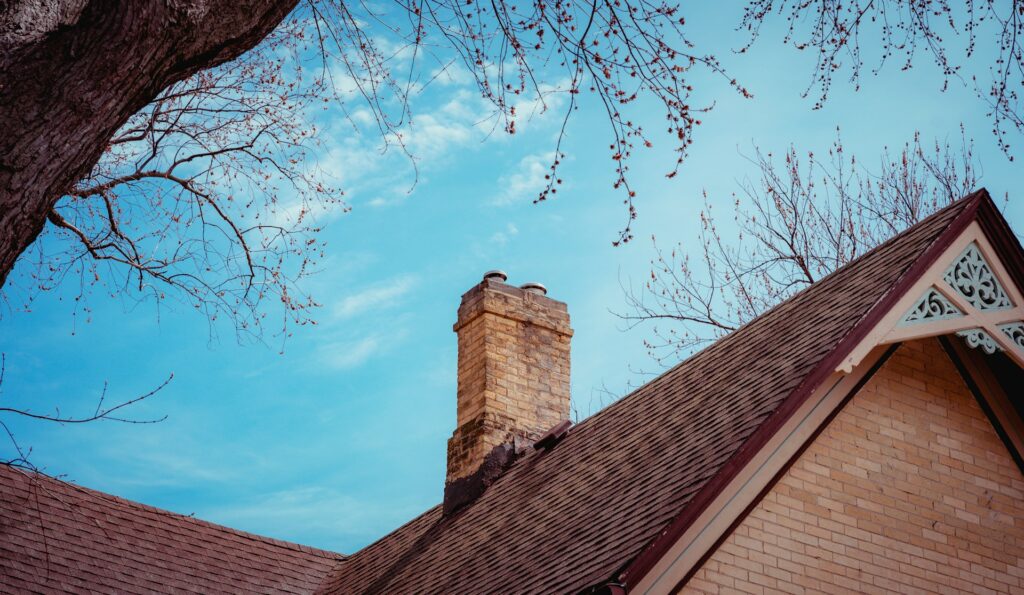Your chimney plays a key role in keeping your home safe and warm, moving smoke and gases out of the house and away from your family. At the heart of a functioning chimney is the liner, a vital component that ensures everything works properly. Over time, however, this liner can wear out or become damaged, which may lead to a range of problems.
Knowing when your chimney needs relining is important in preventing these issues. An old or damaged liner can allow dangerous gases to seep into your home or become a fire hazard if not addressed in time. Being able to spot the warning signs can help you avoid costly repairs and ensure your home remains a safe environment.
Caring for your chimney liner is like giving your home a necessary health check-up. The more you understand about the signs indicating relining, the better prepared you’ll be to maintain a safe and efficient heating system. This guide will help you identify those signs, so you can take timely action if needed.
Understanding the Importance of Chimney Liners
How Chimney Liners Protect Your Home
Chimney liners serve as an essential safety feature, acting as a barrier between the heat of a fire and the materials of your home. These liners contain the smoke, toxins, and heat produced by your fireplace, ensuring they travel safely out of your home. By doing so, they protect the chimney walls from getting too hot and prevent any potential fire risks.
Moreover, a good chimney liner prevents the buildup of creosote, a sticky, flammable substance that can increase your risk of a chimney fire. By containing this buildup, liners also help to minimize unpleasant odors that can occur when smoke does not exit efficiently. In essence, chimney liners are crucial in making sure your chimney operates safely and efficiently.
Types of Chimney Liners and Their Benefits
There are several types of chimney liners to consider, each with its own advantages:
1. Clay Tile Liners: These are common due to their affordability and ease of installation in new chimneys. Clay tiles are durable and offer good resistance to heat, though they may crack under extreme temperature changes.
2. Metal Liners: Typically made of stainless steel or aluminum, metal liners are popular for their durability and effectiveness. They are ideal for lining chimneys used with gas or oil appliances.
3. Cast-in-Place Liners: These liners are created by pouring a cement-like mixture into the chimney. They create a seamless, insulated passageway ideal for repairing old chimneys.
Choosing the right liner depends on your chimney’s condition, the type of fuel you burn, and your home’s specific needs. Whether you’re updating an existing chimney or constructing a new one, understanding the options helps ensure your liner choice offers maximum protection.
Warning Signs Indicating Chimney Relining is Needed
Visible Damage and Deterioration
One of the most obvious signs that your chimney might need relining is visible damage. Look for cracks in the liner, as they can develop due to heat and other stressors. These cracks allow harmful gases and heat to escape into your home, increasing the risk of fire or other hazards.
Inspect the chimney for any missing or crumbling mortar joints, as this can be another indication of liner problems. These gaps allow moisture to seep in, which accelerates the deterioration process. Also, keep an eye out for pieces of clay tile or fragments, which can fall into the firebox if the liner is damaged.
Smoke and Odor Issues Inside the Home
Another sign your chimney needs attention is persistent smoke backflow. If your home fills with smoke or you notice odd smells when using your fireplace, it could indicate that your liner is not functioning properly. Blocked or damaged liners prevent the efficient exit of smoke, causing it to linger inside your home.
Odors from your chimney can be more than just a nuisance. These smells often mean that creosote and soot are building up, which occurs when the liner is unable to contain these byproducts effectively. It’s important to address these issues quickly to maintain a safe and comfortable environment in your home.
Being aware of these warning signs helps you spot when your chimney might need relining. By addressing these concerns early, you prevent potential hazards and ensure that your chimney continues to operate smoothly and safely.
Identifying Safety Concerns Related to Damaged Liners
The Risk of Chimney Fires
A damaged or deteriorating chimney liner poses a significant fire risk. When a chimney liner is not functioning correctly, the high temperatures and heat produced by the fire can transfer to the combustible materials surrounding the chimney. This direct contact can ignite these materials, leading to a potentially devastating chimney fire. Creosote and soot build-up in a damaged liner also increase this fire risk, as these substances are highly flammable.
Therefore, if you notice unusual noises or see sparks and embers, it might be a sign that your liner is compromised. Routine inspections help in identifying these risks early, supporting a timely intervention to prevent fires from occurring.
Carbon Monoxide Leakage
Another serious concern with damaged liners is the leakage of dangerous gases, particularly carbon monoxide. An ineffective liner can allow fumes and gases to seep into your living spaces rather than being directed safely outside. Carbon monoxide is a colorless, odorless gas that can cause health issues and is potentially fatal if not addressed.
Symptoms of carbon monoxide poisoning include headaches, dizziness, and nausea. Installing carbon monoxide detectors can provide an additional layer of safety, but solving the problem at its source by addressing liner issues is crucial.
Moving Forward: Professional Chimney Relining Services
Benefits of a Professional Inspection
Having a professional inspect your chimney is an essential step in managing liner issues. A certified chimney expert can assess the condition of your liner and identify any potential problems you might miss. Professionals use specialized equipment to carry out detailed inspections, ensuring any unseen damage gets addressed.
They can also provide you with a comprehensive report and suggest maintenance or repair solutions tailored to your chimney’s specific needs. Regular professional inspections not only prolong the life of your chimney but also ensure your home remains safe and sound.
Choosing the Right Relining Solution for Your Chimney
Once an issue is detected, selecting the right relining solution is vital. Professionals can help evaluate your chimney’s needs and present options that best suit your situation. They will consider the type of fuel you use, the existing chimney structure, and budget considerations while making recommendations.
Some of the available relining options include stainless steel liners, which are durable and resistant to corrosion, or cast-in-place solutions, which offer excellent insulation and longevity. Making an informed choice ensures that your chimney operates efficiently and safely for the future.
Conclusion
Understanding when your chimney needs relining is crucial for maintaining the safety and efficiency of your home. Spotting early warning signs and acting on them can prevent major issues down the line. Whether you’re experiencing visible damage or detecting odd odors and smoke backflow, these indicators should not be ignored. Securing professional help for inspections and relining will protect your home from risks such as fires and carbon monoxide exposure.
To ensure your chimney is in optimal condition, contact Triple Crown Chimney Solutions. Our experts provide thorough inspections and top-quality chimney relining services to keep your home safe and warm. Don’t wait until a small issue becomes a big problem—reach out today to schedule an evaluation and ensure your peace of mind.

